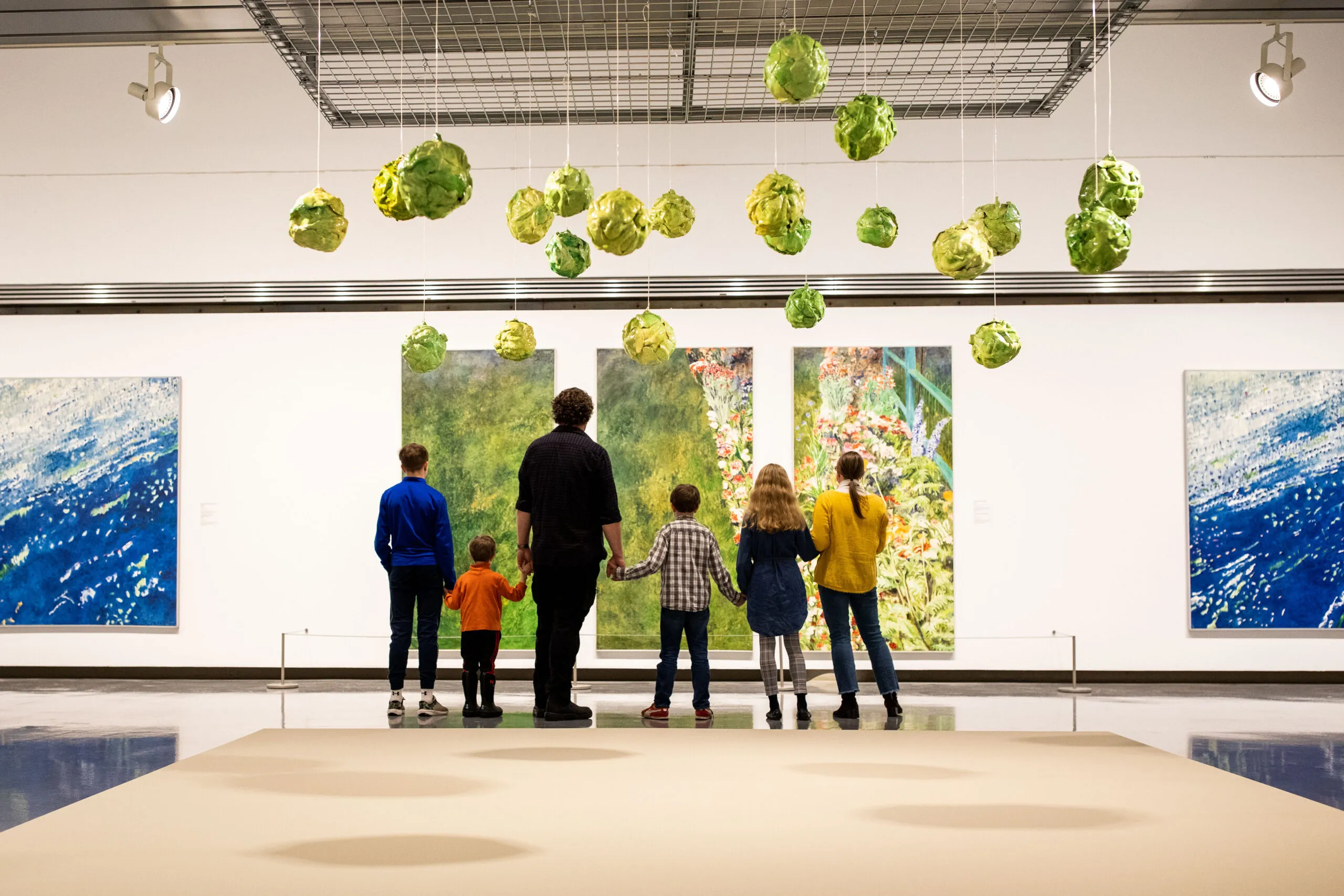This exhibition includes print and lithography artifacts from the Museum’s permanent collection, as well as original and reproduction magazine and commercial art.
By the second half of the nineteenth century, London, Ontario, had become a bustling centre for publishing with print and lithography shops springing up to fulfill the demand for reproducible art. Although large newspaper publishing companies had their own in-house artists, they also relied on the numerous commercial artists working for local firms.
Many of these commercial artists, particularly in the late nineteenth century, received their training through one of three avenues: limited public school instruction, studio lessons with professional artists, or study at the Mechanic’s Institute, which first introduced public art classes in 1871. From the latter grew the Western School of Art and Design, one of the first art schools in Ontario to teach both fine and applied art. Working on set assignments and commissions, commercial artists helped to pave the way for the proliferation of chap books, pulp fiction, comic art, animation, and graphic design that would come to dominate the twentieth century. This exhibition includes print and lithography artifacts from the Museum’s permanent collection, as well as original and reproduction magazine and commercial art, including that of London’s own Harold West, who worked for much of the twentieth century as an illustrator and comic artist.
